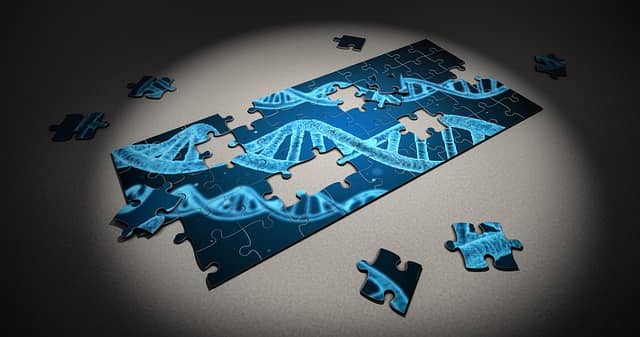Written by Manuel Seraydarian

In most cases, severe stages of cancer require extensive and invasive surgical procedures to eradicate metastasized tumors in their entirety. Often times these laparoscopic methods prove to be dangerous due to the fatal complications of the surgery, the removal of large segments of infected organs that make recovery difficult, and/or other significant secondary illnesses acquired from the initial surgery. Instead of a surgical approach that might not eliminate a cancerous mass down to the very last infected cell, a more controlled, localized, targeted solution, such as gene therapy, is required to overcome cellular and molecular alterations [1].
Gene therapy is a therapeutic approach using biological or synthetic gene delivery systems to introduce normal genes as a substitute to those that are either nonfunctional or omitted, to counteract a specific aberrational site within the body [1]. For instance, nanoparticles are microscopic vessels that deposit the gene cargo infused with a polymer carrier into a cell for integration within the genome. This will either produce functional proteins for therapeutically combating against the consequential activities brought upon by mutational macromolecules or the silencing of those mutational biomolecules from causing further abnormalities. The novel idea behind nanoparticles is to allow the internal cellular machinery the opportunity to override any biological anomalies for normative tissue-organ regeneration, as opposed to tissue-organ disruption by means of surgical intrusion.
Transfection is the intentional and successful insertion of nucleic acids into a cellular genome, mediated by non-viral or viral mechanisms. Viruses, such as adenoviruses and retroviruses, are engineered to attenuated forms that still retain their infectivity, but lack genes for prolonged pathogenicity [2]. In a way, these viral vectors are misled to deliver normal genes to reverse genetic complications, alongside their viral DNA, for permanent integration into the host genome. Viral vectors are a promising source of gene therapy due to a highly efficient cell attachment and cellular access for their successful mechanisms of DNA insertion, possible genetic resistance to immune detection and high loading capacity. However, their high immunogenicity and toxicity prevents a prolonged presence within in vivo conditions due to immune clearance [2].
In contrast, virus-mimicking nanoparticles serve as a premier method for effective gene delivery by incorporating the cell-infecting mechanism of viruses into non-viral structures. Non-viral vectors are very effective due to their low immunogenicity, biocompatibility, and synthetic flexibility, but retain low rates of transfection and gene expression [2]. These vectors are chemically equipped with synthetic shells to protect the nanoparticle as it circulates throughout the body and prevents premature release of the polymer-DNA complex. Thus, using viral and non-viral machinery ensures a step closer to a more directed, control-responsive activation of nanoparticles at a specific site of aberration [3].
Regardless of these respective hindrances, a targeted approach to overcoming genetic abnormalities paves a pathway for a long-term genetic rehabilitation opportunity, such as the production of viral vaccines, or mitigating tumor growth from within, rather than just the surgical removal of infectious tissue.
References:
1. “Gene Therapy and Cell Therapy Defined.” ASGCT. N.p., n.d. Web. 12 Nov. 2016.
2. Biopharmaceuticals and nanomedicine, Pharmsci 174. Young Jik Kwon “Gene Therapy.” 23 Oct. 2016.
3. Soo Kyung Cho, Young Jik Kwon*. Polyamine/DNA polyplexes with acid-degradable polymeric shell as structurally and functionally virus-mimicking nonviral vectors. Journal of Controlled Release 150, 287-297 (2011).